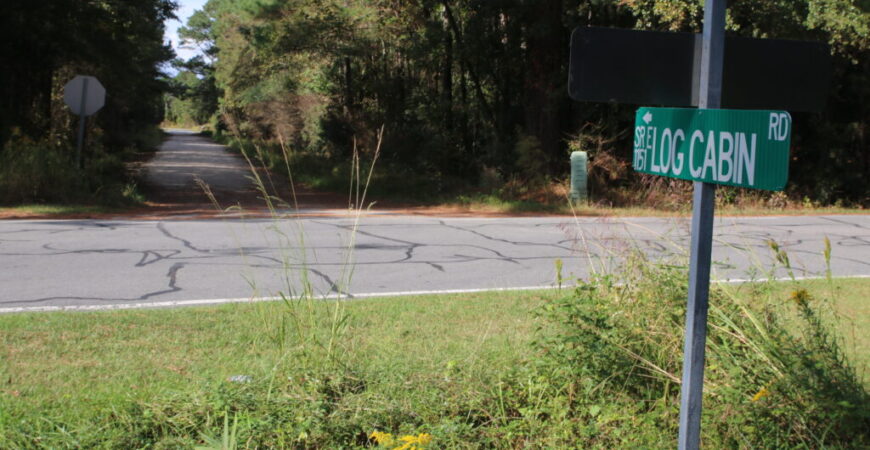More than a decade after serious septic failures were first documented on Calico Bay Road and East Log Cabin Road in Duplin County, residents are still waiting for a permanent fix and are growing increasingly worried about how much it might cost them.
A report compiled by the Environmental Protection Agency (EPA) and the U.S. Department of Agriculture (USDA) in 2014 found that 16 out of 19 septic systems analyzed on Calico Bay Road were failing, and homeowners on East Log Cabin Road were also experiencing significant problems with their systems.
The report indicated that some septic system waste came into direct contact with groundwater due to overflow from the septic systems. This led to sewage backing up into septic tanks and affecting the plumbing in the homes involved.
Although there is federal funding available through the EPA and USDA to study the issues and make recommendations for solutions, this funding does not cover the costs of implementing any of the recommended fixes.
Since these problems were brought to light, Duplin County Commissioner Wayne Branch has actively engaged with the affected residents, providing updates and seeking their feedback on the potential remedies. The Duplin Journal recently spoke with Branch for an update on any progress made.
Branch stated that the solutions for the sewage issues vary significantly, making it challenging to agree on a solution that everyone can support. A major obstacle is the cost.
“The status as of now is, meaning the board (of commissioners), we are still in discussions about what is available in this project,” Branch said. “It initially started out with the USDA being the funding arm. A lot has shifted in terms of the team that initially came out and did a couple of town halls with citizens in the community.”
While the goal sounds simple, the solutions are not.
“The goal is to get some type of sewage system there in the community so that everyone would have access to an (effective) sewage system,” Branch added.
Currently, the board is working to have an engineer from Agriwater present their recommendations on how to proceed.
“Hopefully, we can come up with a final solution for the citizens in that area, Branch said.
At this time, residents are still relying on their own septic systems to manage waste, despite the issues and high failure rates associated with them. An environmental study conducted in the area indicates that the soil type and other factors make it unsuitable for individual septic tanks.
According to Branch, the goal is to establish a “sanitation water district” that will have to be set up by the county to manage the agreed-upon system.
The area affected is located between Wallace and Teachey, with Wallace offering its support for the project. The primary concern now seems to be how much homeowners in the area will have to pay for the solution.
“The USDA funding will not cover everything,” Branch said.
This means homeowners affected would have to pay at least a portion of whatever initial costs are required to set up the system and then will have to be billed monthly for the service. Many homeowners in the area are concerned about the cost because they are seniors on fixed incomes.
“It’s important to have citizens a part of the discussion in terms of the end result,” Branch said. “There is going to be a cost associated with it, so what costs can they manage?”
Progress on deciding on the best solution has been slow, but Branch and the homeowners affected hope a workable, affordable solution is found soon.
 Twitter
Twitter Facebook
Facebook Instagram
Instagram





